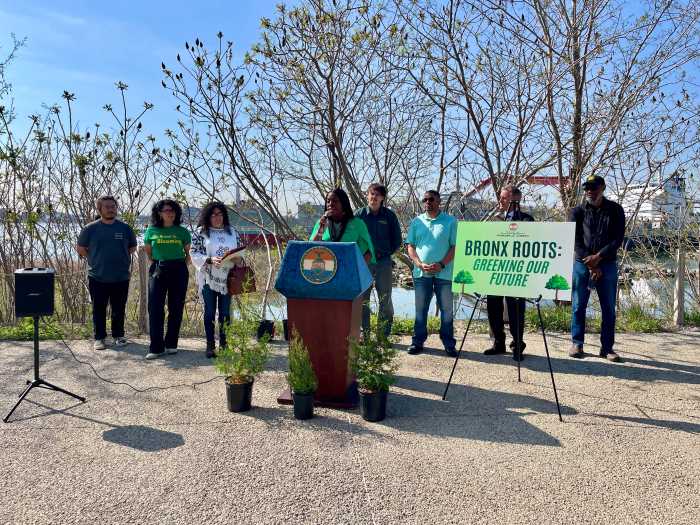“Slavery after Slavery: Revealing the Legacy of Forced Child Apprenticeships on Black Families, from Emancipation to the Present” by Mary Frances Berry
c.2024,
Beacon Press
$27.95
184 pages
Your kids will have a better life than you had.
You will ensure it, saving for their education, demanding excellence from them, requiring discipline, and offering support for their dreams and desires. Their success is your dream, and, as parents do in Mary Frances Berry’s new book “Slavery After Slavery,” you will fight to see that it happens.
In the years after the end of the Civil War, some Southern former slave owners refused to accept that slavery was over, and the courts often sided with them. In particular, under habeas corpus, Black children were sometimes taken from their parents and placed into an “apprenticeship,” which was another word for “slavery” then. Berry estimates that more than two million 10-to-19-year-olds were trapped in this way for years.

Here, she shares the stories of many of them.
In late 1865, Nathan and Jenny Cox lost their five children to their former “master,” who also took seven other children by persuading a local magistrate to let him apprentice the kids. As time passed, some of the children took their former owner’s last name as their own, which, in effect, erased their family’s history.
When six-year-old Mary Cannon was in danger of being apprenticed, a white woman came to her defense. Ultimately, the courts sided with Mary’s benefactor, and the girl was returned to her parents to live on their former enslaver’s plantation.
Hepsey Saunders tried to leave her former owner’s plantation, but he “refused to let her take the children” that were born when she was enslaved. Though the theft of her children happened in 1865, the story lingered over decades.
In most of the cases, Berry cites the families – with or without the return of their children – remained uneducated, unhealthy, and under discrimination. Imagine, she says, that these former slaves had a chance to control their lives. Imagine, she says, “if these black people were permitted to pursue the American Dream…”
While it may seem that “Slavery after Slavery” is a historical narrative, that is not all you will get if you tackle this skinny book.
When reading the stories inside here, readers may struggle to track what is told. The accounts are repetitious, and each packs many names, legal decisions, court rulings, and places. Some require a law degree, and all demand full attention. That can be overwhelming unless you shut the door and avoid any distractions.
Author Mary Frances Berry uses these stories to point out the lasting damage done to many Black families, which is essential information for readers to ponder. She goes further to argue that what happened to the two million children is reason enough for reparations, which makes a good argument, but it’s sometimes misplaced within the flow of this book.
Still, readers will agree that Berry uncovered accounts that have been hidden too long, and shedding light on them is essential. What’s in “Slavery after Slavery” educates and could help improve conversations.



























